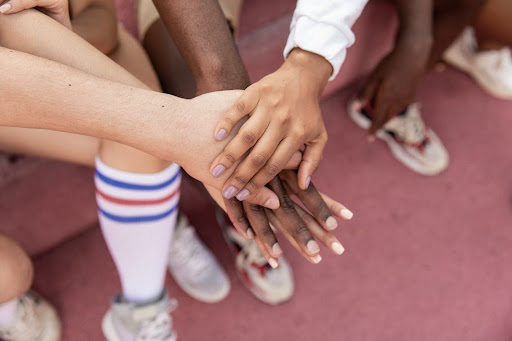Large bones contain bone marrow, which is a supple, spongy substance. Every day, it produces more than 200 billion brand-new blood cells, including platelets, white blood cells, and red blood cells. However, the process is flawed in people with bone marrow diseases, such as several cancer types. A bone marrow transplant frequently offers the best chance of survival and a chance at a cure. The good news is that bone marrow donation can be just as simple and painless as blood donation, and one should give serious thought and become a bone marrow donor.
A bone marrow transplant replaces unhealthy bone marrow with healthy tissue, and typically blood stem cells. Bone marrow transplants are also known as stem cell transplants for this reason. In an allogeneic transplant (ALLO transplant), the patient receives bone marrow-derived blood stem cells from a donor. The blood that flows throughout another person’s body or the umbilical cord blood can both serve as the source of the donor stem cells.
There’s a catch, though. Human leukocyte antigen (HLA) typing is used to identify a matching donor before an ALLO transplant is performed on a patient. HLAs, particular proteins on the surface of white blood cells and other cells that distinguish each person’s tissue type, are examined in this specialized blood test.
How Bone Marrow Donation Brings The Communities Together
A functioning blood system continuously produces new blood-forming cells. For survival, these are essential. A bone marrow or cord blood transplant may be the best treatment and the only hope of recovery if the body produces diseased or insufficient healthy cells.
Healthy blood-forming cells from the donor are infused into the patient’s bloodstream during a transplant. Through the patient’s bloodstream, these donated cells travel to the bones. The new blood-forming cells will be created here using the donated cells. Learn more about the procedure for a transplant.
Each patient needs a donor who closely matches their HLA. Every person signing up for the registry gives patients hope for a cure because HLA is a component of their DNA.
You might never be selected as a potential match for someone, or you might be one of several. However, you might be the only person on the registry with the ability to save a patient’s life. Maintaining your commitment and responding when contacted is the most crucial thing you can do.
You can continue to help the cause while you wait for a donor for a bone marrow transplant:
- By signing up for our social media networks and telling your story
- Going to events
- Taking on a volunteer role
- Making financial contributions to blood cancer patients’ care
Conclusion
Numerous patients with blood cancers like leukemia and lymphoma require a bone marrow or cord blood transplant to save their lives. But many patients might experience obstacles that prevent them from receiving a transplant. You, being a donor for a bone marrow transplant, can help patients afford transplant surgery, find a compatible donor, and experience a positive transplant outcome.
Read More – Media Planning & Buying – How It Works
